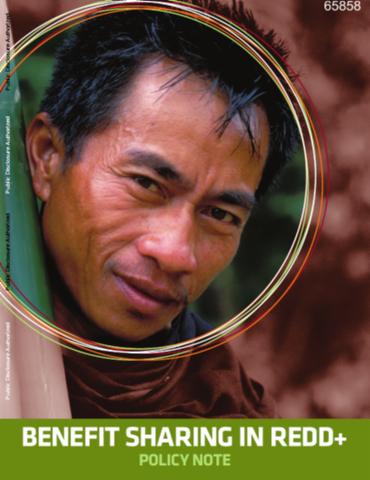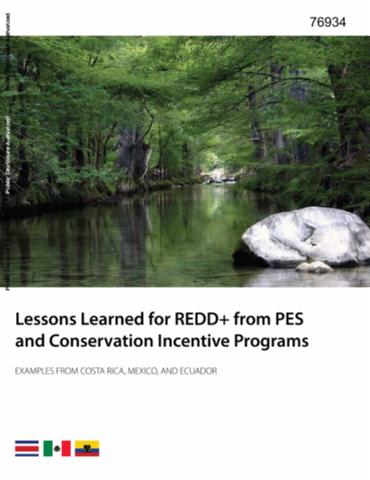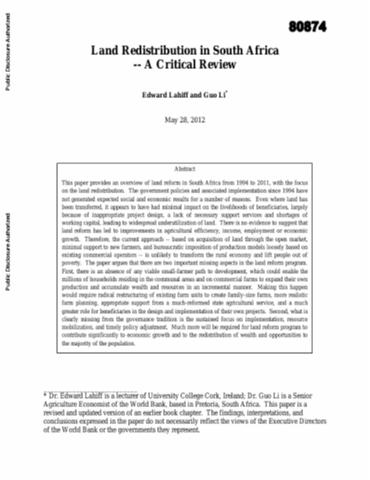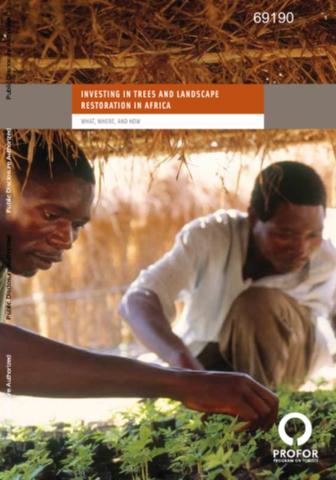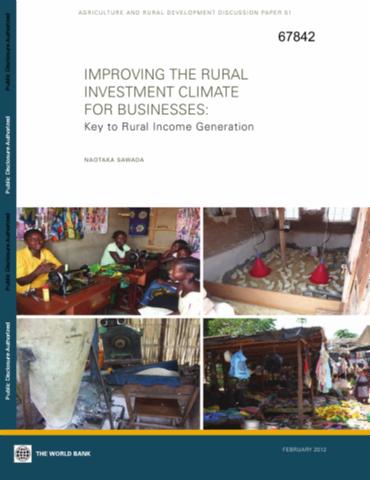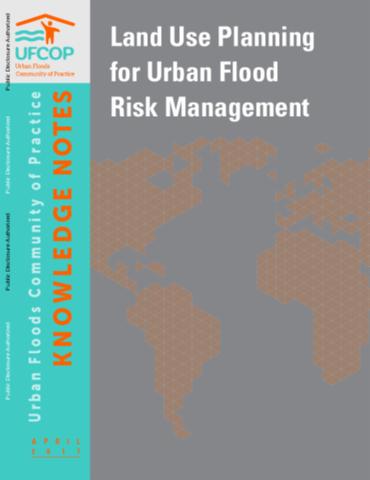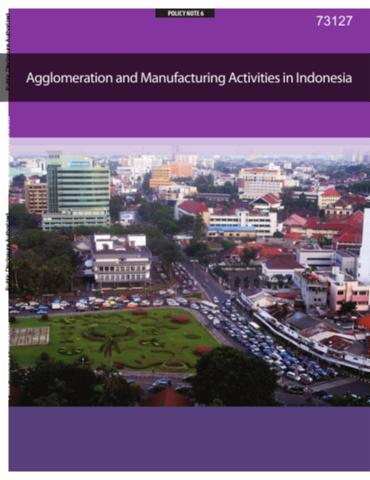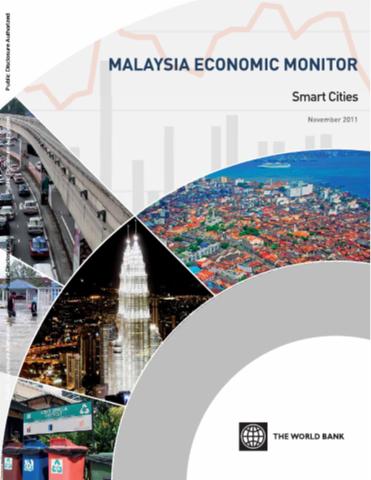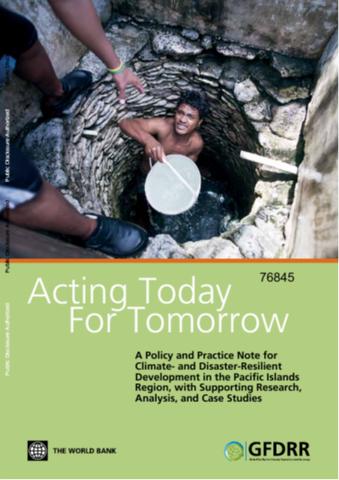Benefit Sharing in REDD+
International policies to reduce carbon emissions from deforestation and degradation (REDD+) envisage the creation of financial incentive mechanisms that reward forest protection efforts and adequately compensate those actors that face new costs. In order for REDD+ to achieve these objectives, effective benefit sharing systems will need to be implemented. Benefit sharing in REDD+ could take a wide variety of forms depending on the policies used to achieve REDD+ objectives.

